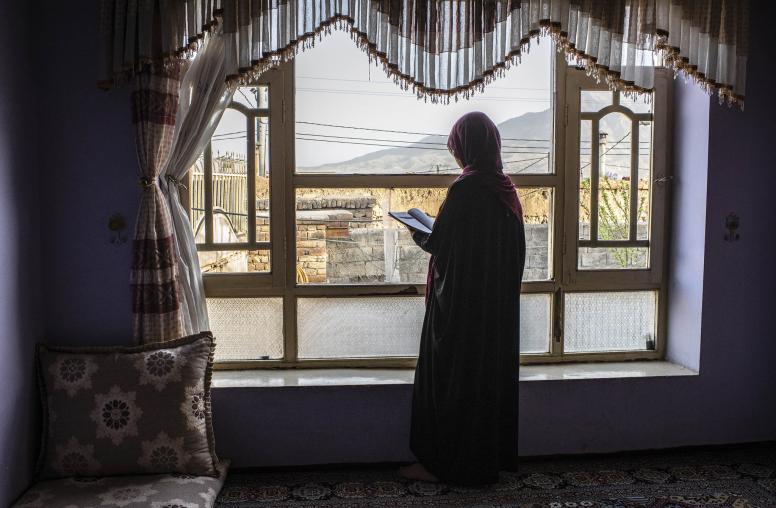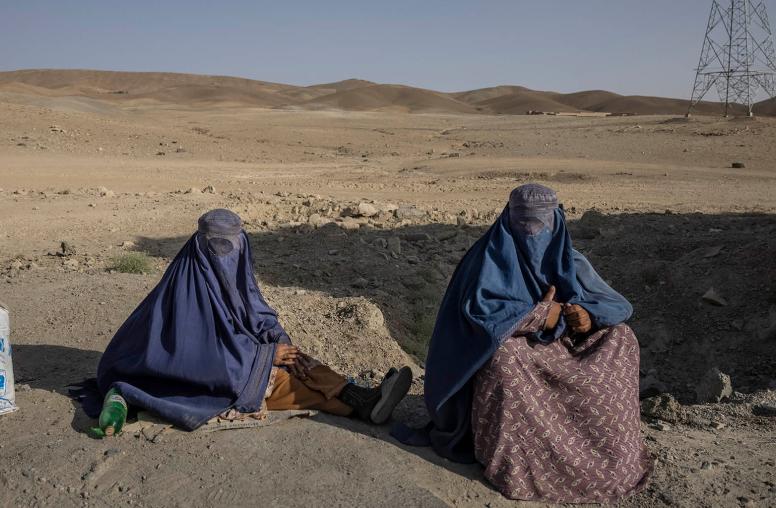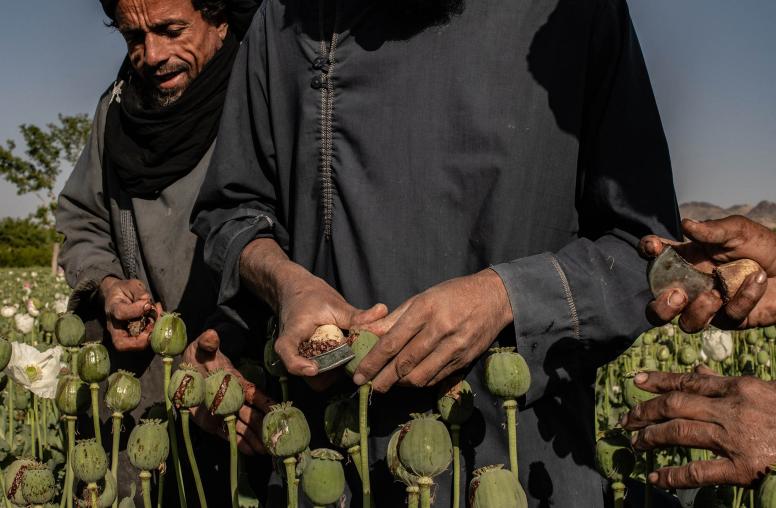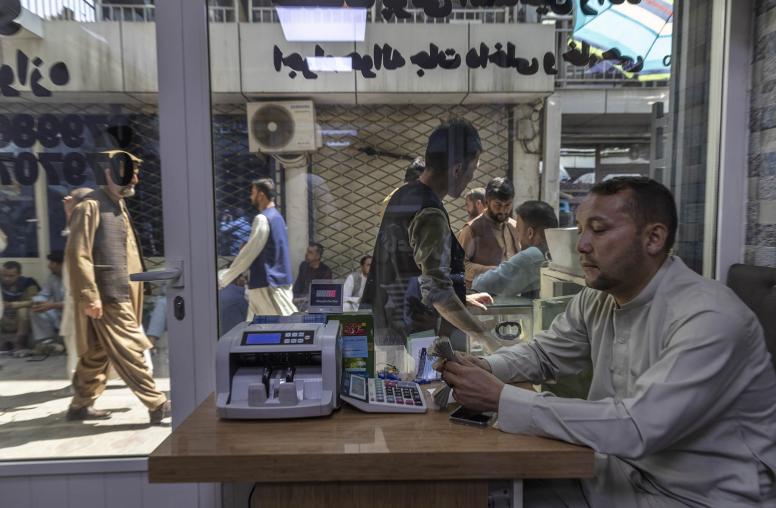Neutrality in Afghanistan’s Foreign Policy
President Obama’s decision to withdraw all U.S. combat troops from Afghanistan by the end of 2016 leaves that country once again wide open for an intensified regional race for strategic influence in the country. The majority of experts—both Afghan and international—agree that lasting peace and stability in Afghanistan require internationally backed regional arrangements. A recent forum involving high-profile Afghan politicians, former diplomats, and civil society leaders underscores this consensus and the long-term vision of an “Afghan-led and Afghanistan-specific enduring neutrality.” This report focuses on the historical aspects of neutrality as a first step toward neutrality-based diplomatic solutions for both the immediate Afghan conflict and the country’s long-term positioning.
Summary
- The planned withdrawal of U.S. combat troops by the end of 2016 and a declining international engagement leave Afghanistan once again vulnerable to increasing competition from neighboring and regional states for strategic influence in the country.
- Given Afghanistan’s geographic location and historical neutral status, experts have argued that an internationally guaranteed neutrality offers a least-worst but workable long-term solution to the problem of proxy conflict in the country.
- Historically, one form of neutrality, known as bitarafi in Farsi/Dari, has often been considered a pillar of Afghanistan’s foreign and security policy. Although a formal foreign and security policy, bitarafi was a continuation of a colonially imposed buffer policy aimed at maintaining a balance between competing external powers.
- Except during the two world wars, Afghanistan’s traditional neutrality has not fully conformed to the definitions and types of neutrality practiced by other neutral states. Conceptually, Afghanistan’s traditional neutrality evolved into positive neutrality, neutralism, and nonalignment.
- Given the history of invasions and regional interferences in Afghanistan and the fragility of its state institutions today, Afghan government leaders are apprehensive about making the country a neutral state.
- Continuation of international support is vital to sustaining Afghan state institutions. Policymakers in the new unity government, however, recognize that lasting peace and stability and regional cooperation require regional solutions.
About the Report
This report briefly examines the historical aspects of Afghanistan’s neutrality as an initial step toward a more comprehensive study of desirability and feasibility of neutrality-based diplomatic solutions for conflict in Afghanistan. The research and discussions conducted for the study were supported by the United States Institute of Peace (USIP). The author also thanks the management of Afghanistan Centre at Kabul University for their kind and invaluable assistance.
About the Author
Nasir A. Andisha is a visiting fellow at the School of International, Political & Strategic Studies at the Australian National University (ANU) in Canberra and a candidate for a doctoral degree in diplomatic studies at the ANU Asia-Pacific College of Diplomacy. A senior career Afghan diplomat, Andisha was a Fulbright fellow at the Bush School of Government in Texas A&M University and taught International Relations and Economics at the Al-Berony University in Kapisa and the Foreign Ministry’s Institute of Diplomacy in Kabul.



